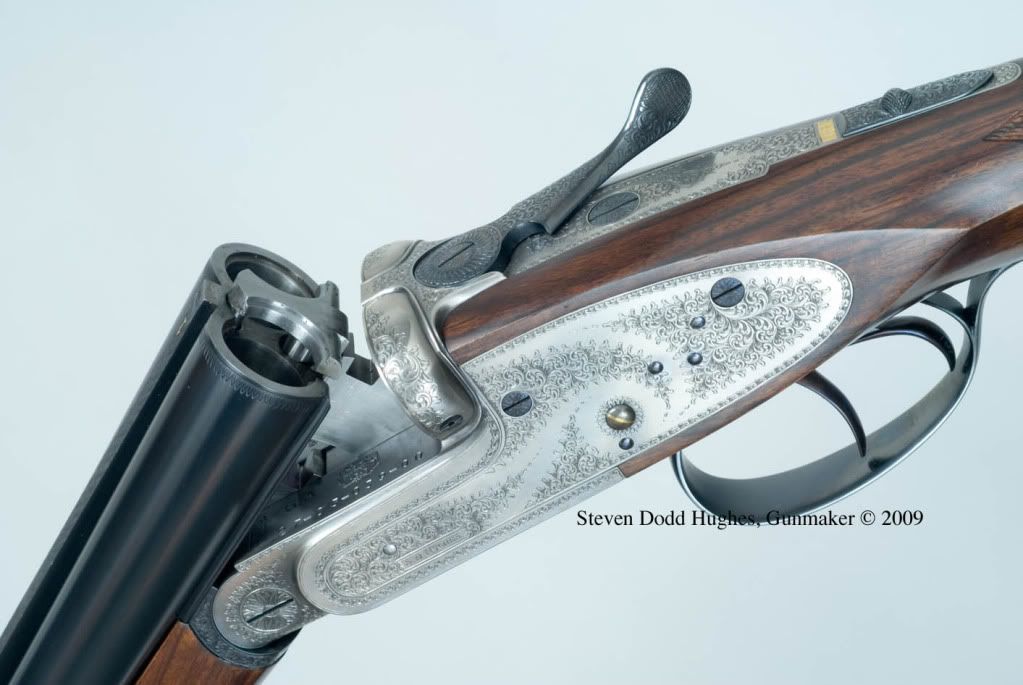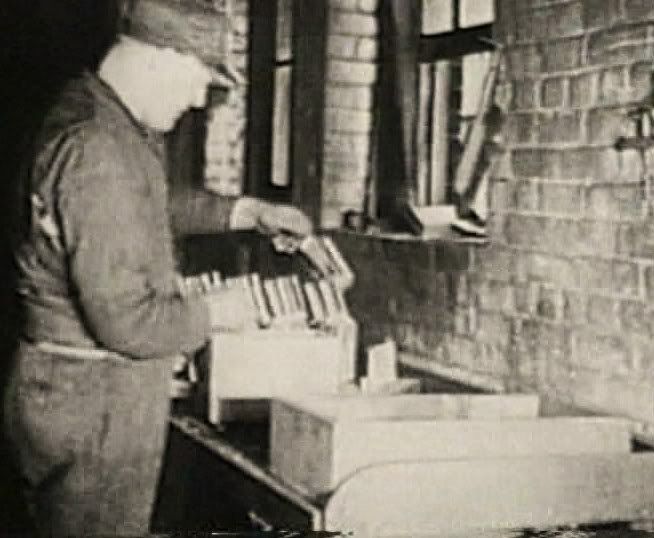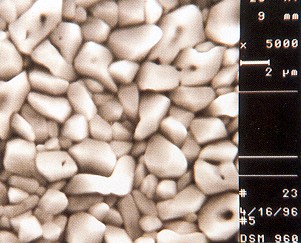There are acids and there are acids. Some are stronger than others and will do some serious damage. I have learned that many of the common toilet bowl cleaners contain hydrochloric acid, generally in the 10% + concentration range. That will do more that simply etch to a frosted finish if the part is left too long. Timing is key. I read in some old gunsmith book, I'll have to go into the upstairs room to see which one, I don't remember just now, that phosphoric acid is preferred. It seems to be more forgiving than other acids as regards time, and the finish is also more what you are likely looking for, more of a soft frosted look. There is a government on-line site for a huge Household Products Database at:
http://householdproducts.nlm.nih.gov/index.htmthat will tell you many common products containing hydrochloric, phosphoric, and/or whatever you are looking for, a very good reference. Search for rust removers. Blueing is a form of rust. I found that Home Depot sells a Behr product called a concrete cleaner and rust remover that contains 40% phosphoric acid. I cut it back to 10% or so and use that. In my judgement, it gives a better finish than does the hydrochloric acid products. Coca Cola also contains phosphoric acid, don't spill Coke on your nicely blued barrels, it'll take the blue right off.
Naval Jelly contains some 35%-40% phosphoric acid. It will certainly work, I think that’s too strong for most use.
Try the above database, you may already have some product around that will do what you need. Just be careful with any acid, wear protective gloves, clothing, and eye protection. Better safe than sorry. Many household type products can be VERY dangerous.


